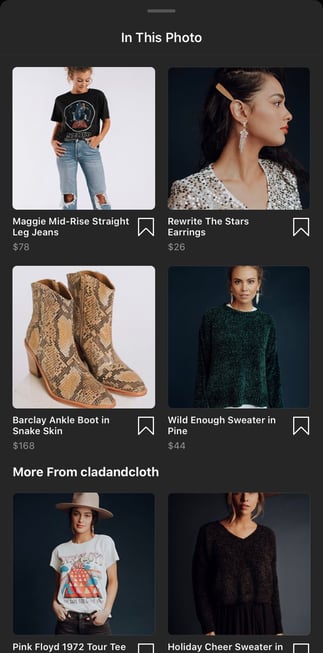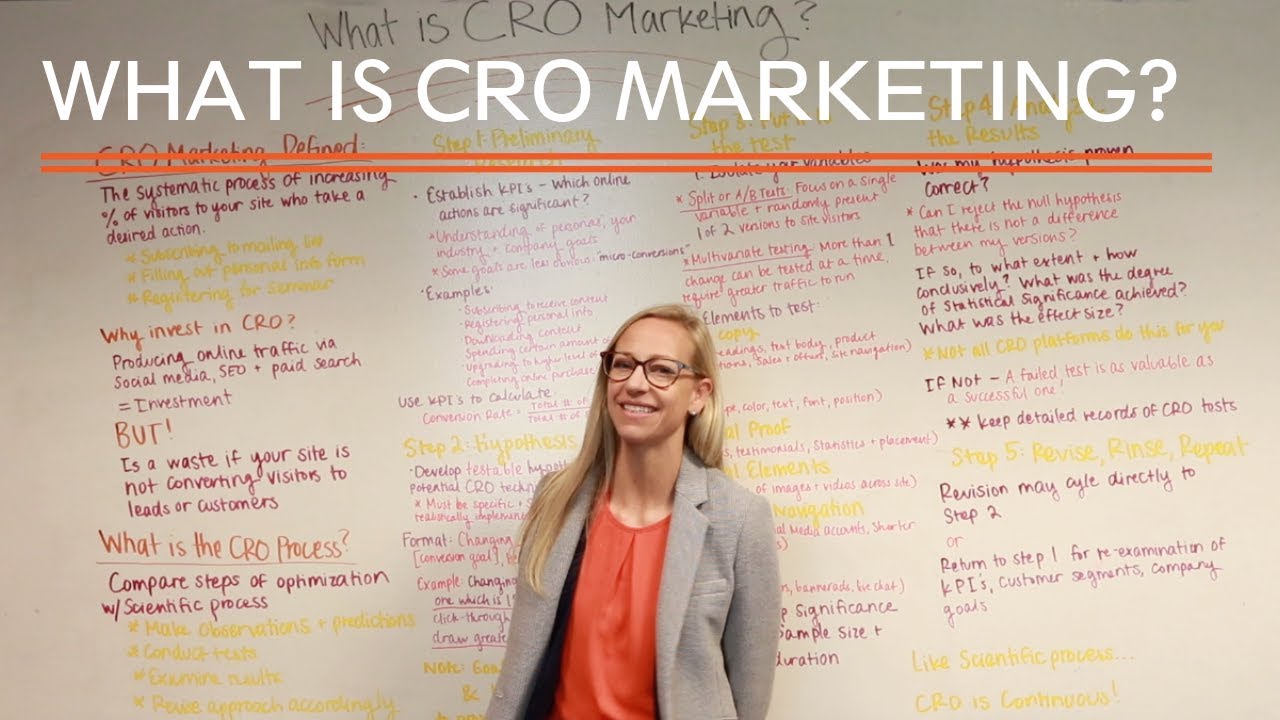2012 Resolution: Launch a Social Media Marketing Campaign
Communicate via Facebook The use of social media marketing is becoming more widespread, with most small businesses now using Facebook as a way to...
I know what I am looking for, and would like to chat.
A team of data-driven marketers obsessed with generating revenue for our clients.
Because the proof is in the pudding.
At Campaign Creators we live by three principles: Autonomy, Mastery, Purpose.

For any eCommerce merchant today, social media marketing is one of the most important channels for business growth and a critical aspect of eCommerce marketing.
But so many merchants still don’t quite understand how to make use of social media. They treat Twitter like an RSS feed. They post on Instagram once in a blue moon and it’s usually just behind-the-scenes shots of their team at work (or their office dogs).
When they do post on LinkedIn or Facebook, it’s the exact same content copy and pasted across both platforms. No one’s tracking engagement or followers, and there definitely isn’t anybody running paid or boosted social ads. In other words, many online merchants are leaving money on the table by ignoring the power of social media to drive traffic, conversions, and online sales.
Data backs this up, too.
According to recent research conducted by Visiture, 75% of people admit to buying something after seeing it on social media; 90% say they turn to social media for help with a buying decision.
So how do you leverage these social media statistics to improve the sales of your online shop? First, you need to figure out which channels are best for your business. Then you need a strategy for how to reach your potential customers on that channel. From there, you need to decide on the types of content you’ll create for each platform. Finally, you need a realistic budget to transform your social media activities into a working system that gets you the conversions and sales you want.
Let’s jump in.
As the name explains, social media marketing is the use of social channels, like Twitter, LinkedIn, Instagram, Pinterest and Facebook, to produce content that connects with your customers and prospects, ultimately driving them to make a purchase.
For eCommerce businesses, social media can be a powerful tool for driving referral traffic to your shop. In fact, social commerce was one of the largest new waves of 2019, according to Business Insider.
This is due to the fact that platforms like Instagram, Facebook, Pinterest, and Snapchat have begun allowing brands to tag products on posts, stories, and pages. Consumers can make purchases directly from their social media feeds; making social sales so much simpler for eCommerce brands. Clad & Cloth does this with their Instagram:


The first step to determining how to use social media for your eCommerce shop is to select the right channels for your business. If you’re struggling here, follow these three simple steps to create a plan before jumping in:
Once you’ve selected your channels, it’s time to determine your social media content strategy.
You can’t just spray and pray that your content will reach your potential customers across social media; instead, personalizing your content to consumer interests and the social media platform is the key to success.
In order to deliver personalized experiences across social channels, SmartInsights recommends starting with three specific, simple tactics:
Once you’ve put listening, learning and responding at the core of your social media marketing strategy, you can get more granular with your content.
Researchers Les Binet and Peter Field recommend making sure your content strategy is a balance between brand-building and sales activation content:
Now that you’ve put listening, learning and responding at the core of your content strategy as well as made a plan to execute a combo of brand-building and sales activation content, it’s time to figure out what types of social media marketing you’ll use to reach your customers and prospects.
Let’s review the most popular types of social media marketing so you can decide which are best for your eCommerce business:
This is the type of content that doesn’t cost any money to post on social media platforms. This is the bread and butter of your social media marketing strategy and your plan will likely not go without organic content.
With that said, make sure that your organic content isn’t just a boring RSS feed of your most recent content. Instead, remember that your organic social media content should engage your community—including conversing with and responding to them. That’s considered your brand-building content. Once you’ve got that ironed out, you can layer in your sales activation content. Skullcandy hosts giveaways to generate engaging organic traffic on their social media platforms:

When you pay to place content on social media platforms, the world is your oyster. Most social media platforms will give you varying options for the ads you create. You can optimize them for different metrics like awareness (reach), consideration (engagement, clicks) and conversions (sales). You can also create different kinds of content, like photo, text, or video-based ads. We’ll get into the budget a little later on, but just remember: when creating paid ads, the beginning will often be a time of experimentation until you figure out what works for your audience.
The key is to leverage your persona and competitor research beforehand to develop content that is truly personalized to your audience’s interests—this will help you speed up how quickly you can monetize. Super Chewer BarkBox uses Facebook paid ads to create awareness of their promotions:

This form of content has really made headway in the last few years. At its core, influencer marketing is paid advertising, but in the form of endorsements from individuals who have a strong following or fan-base that you want to reach. Instead of buying ads, you pay influencers to mention your products in the hopes of reaching their audience and making a sale.
This can work wonders for your brand as influencers act as a form of social proof and can seem more authentic than a traditional paid ad. Again, to make this form of social media marketing work, you’ll want to do your research and hook up with influencers that can actually prove ROI. Ask for previous examples of the content they’ve created for brands as well as the stats they have to back up the investment. Wayfair let their audience know about their sale through influencer Ayesha Curry:

It’s exactly as the name describes; user-generated content authentically created by fans or product users about a brand or a brand’s products.
The best ways to make use of this content is through reposting (i.e. sharing the content created by users on your branded channel) or by directly asking your community to share their content with you. Creating a branded hashtag can come in handy here as you can ask your fans to mention it when they talk about your business. Sticker Mule reposts their customer's pictures on their Instagram:

Whether you’re starting big or small, you need a realistic budget to assign to your social media activities.
Organic content will be free, apart from the time it takes to create it. So if you’re hiring someone on salary to manage social media, you’ll want to do some rough calculations of the expected ROI you need if all they’re creating is organic content. You’ll also want to make sure they’re leveraging user-generated content as much as possible.
When it comes to paid content, like ads and influencer marketing, the average cost can vary significantly, based on your industry, the competition, and your audience.
For paid ads, the average spent on a post can range between $400 and $6000. Whereas the average amount spent on influencer marketing is $271 per post, but this will increase as the amount of followers goes up.
Do some rough calculations and make sure that seeing ROI is baked into your social media strategy. This will help you pivot when needed, or invest more in areas that are helping you reach your goals.
If you’re looking to branch into the world of social media marketing for your eCommerce business, just go for it! The most important step is the first one. Use our framework to get started: assess and build your personas, analyze your competitors, and define your goals. Then, use listening, learning, and responding as your guideposts for developing your strategy.
From there, develop a plan that leverages both brand-building and sales activation content across various social media channels. Experiment with the types of content you create, from organic to user-generated, and track their success. Over time, you’ll learn more about your business, what works and what doesn’t, and most importantly—you’ll learn about your customers.
Once you get your social media marketing, just remember it doesn’t stop there. Building brand awareness is useless if those viewers don’t actually turn into revenue and customers. That’s why we created the ECommerce Marketing Intro to Lead Gen guide so you can learn how to increase your sales and decrease your customer acquisition costs! Download your guide and start strategizing all the components you need to get your lead generation campaign started.

Communicate via Facebook The use of social media marketing is becoming more widespread, with most small businesses now using Facebook as a way to...

A recent analysis of the social media presence of the Fortune Global 100 found that 25% of the companies are using Facebook, Twitter, YouTube and...

Producing online traffic via social media, SEO, and even paid search is a great start for a marketing strategy, but certainly not a guarantee that...